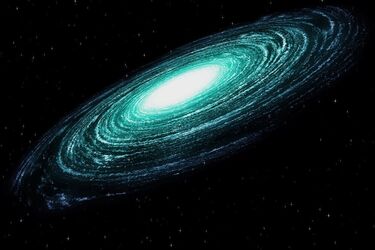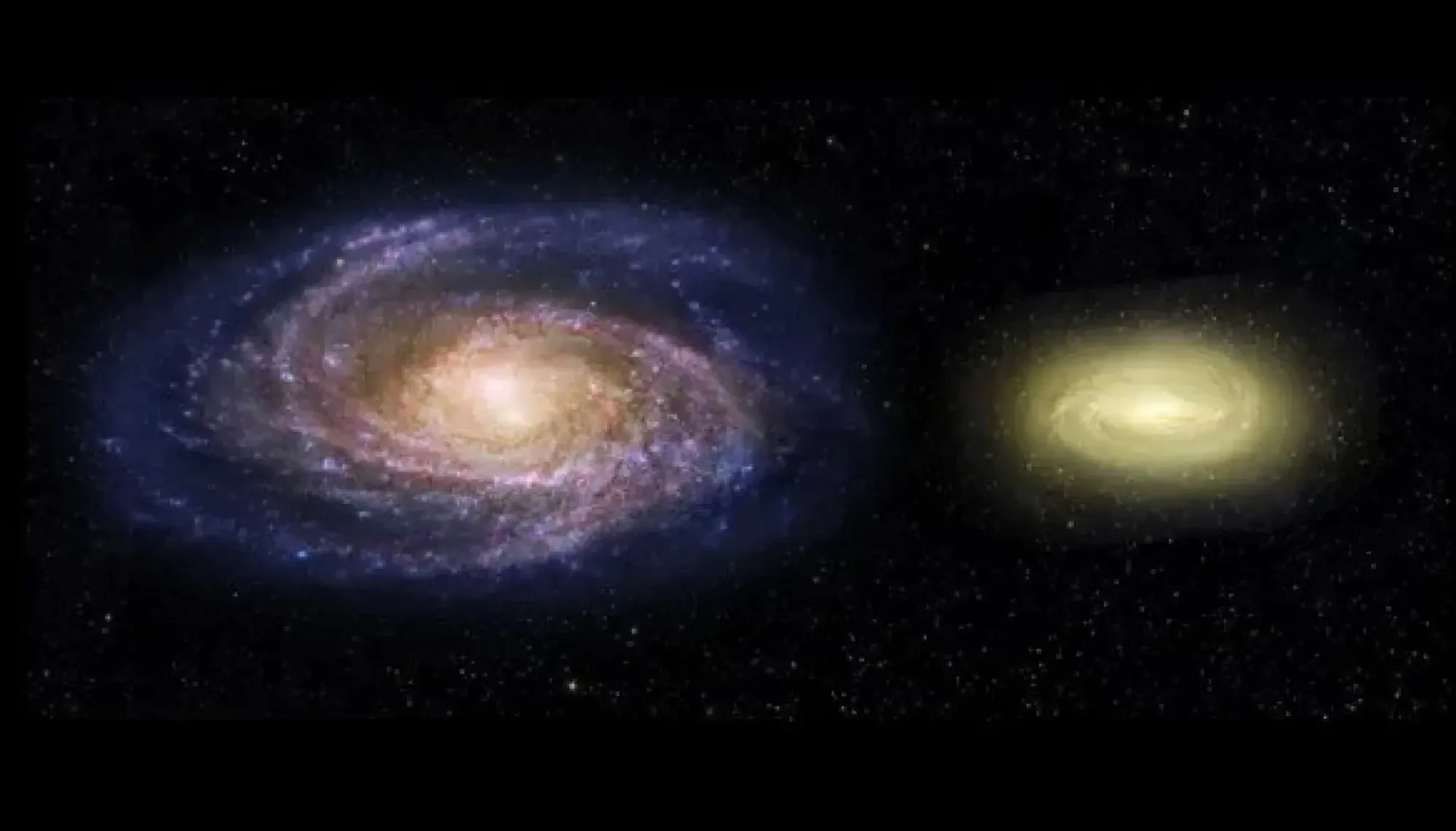A code from the past: scientists detect anomalous signals from a dead galaxy that defy explanation

In space, there are many so-called dead galaxies - star systems that have not produced new stars for a long time. They consist mainly of old stars and the remnants of supernova explosions. With the help of the Canadian CHIME radio telescope, astronomers have discovered a dead galaxy 11 billion years old that emits mysterious light flashes.
This phenomenon is not typical for such galaxies, which has stumped scientists. The study was published in The Astrophysical Journal Letters, Live Science reports .
The recorded light phenomenon turned out to be a fast radio burst (FRB), a powerful cosmic explosion that lasts only a few milliseconds but can have a brightness equivalent to the light of millions of stars.
Today, scientists classify FRBs as either single or repetitive radio bursts. Their origin is associated with supernova explosions that occur in young galaxies where new stars are actively forming. The more stars there are in a galaxy, the more supernovae, and thus FRBs. Therefore, the registration of this phenomenon in a dead galaxy has no scientific explanation yet.

Read also: Why Mars is called the "red planet": scientists have come to an unexpected conclusion
As part of the study, scientists recorded 22 radio signals originating from a recurring FRB in an unexpected location. It turned out that this radio emission originated on the outskirts of an ancient galaxy that is 11 billion years old. The galaxy is considered dead because the process of forming new stars has long ceased in it.
Scientists emphasize that this discovery does not mean that the galaxy is "coming to life" and creating new stars again. However, this phenomenon is anomalous, as such bursts of radio emission are usually observed in the central parts of galaxies, not on their outskirts.
Astronomers have so far suggested that the source of this FRB could be a collision between two old stars or an explosion of white dwarfs (remnants of less massive stars), which could have caused the formation of mysterious radio emission. Currently, scientists still have many unresolved questions that need to be answered.
If you want to get the latest news about the war and events in Ukraine, subscribe to our Telegram channel!
